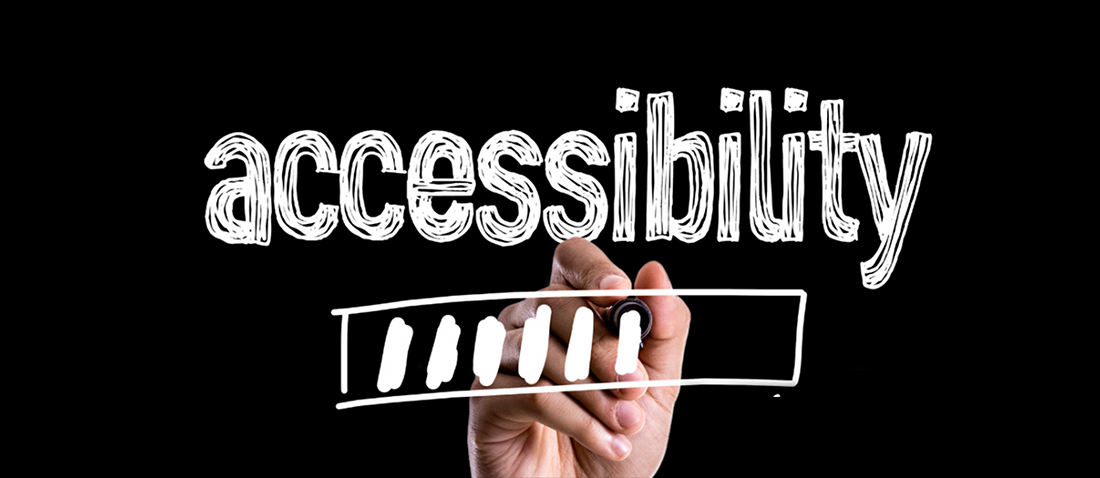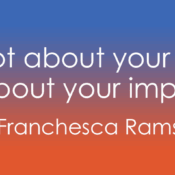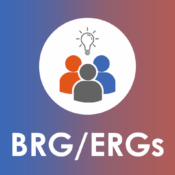
Beyond Accommodations: Setting Deaf and Hard of Hearing Individuals Up for Success
The provision of a sign language interpreter or captioning is often seen as the gold standard for accessibility for Deaf and hard of hearing individuals. While these highly-visible services are undeniably crucial and legally mandated in many contexts, they represent just one piece of a much larger puzzle.
True accessibility extends beyond the simple provision of accommodations only during an interaction.
It’s about proactively creating environments where Deaf and hard of hearing individuals are set up for success from the outset as opposed to retroactively addressing individual needs.
Imagine attending an important meeting only to find yourself at an immediate disadvantage. Despite the interpreter, keeping up remains a constant mental effort - forcing your focus entirely on them and missing crucial visual cues from others. This temporary accommodation doesn’t extend beyond the meeting: hallway conversations, casual chats, and vital informal information remain inaccessible, a stark reminder that the world isn’t built for you. This common experience isn’t true inclusion - it’s simply a reactive accommodation.
Fostering an accessible environment requires a holistic approach that integrates cultural awareness, proactive planning, and a commitment to dismantling systemic barriers. Below are a few ways you can help set Deaf and hard of hearing individuals up for success:
1. Build Accessibility Into Everything
By delivering accessibility from the start, you can reduce barriers before they arise. Center the lived experiences of people with disabilities by actively involving them in the planning and decision making processes. Their experiences provide invaluable insights into what truly works and what creates barriers.
This proactive approach not only fosters truly inclusive environments by anticipating and mitigating potential obstacles, but it also cultivates solutions that are genuinely effective and respectful, directly addressing the diverse needs of the community from an informed perspective. By doing so, you move beyond mere compliance to create spaces and systems that are inherently accessible and equitable, reflecting a deep understanding of varied human experiences.
2. Invest in Comprehensive Training:
Address attitudinal barriers by hosting open conversations and providing ongoing education to your team. Unconscious bias is common, proven by age-old statements we’ve referenced in our #TheDDBHHTax campaign, resulting in minimized experiences for Deaf and hard of hearing individuals:
- “We forgot to submit your request for an interpreter… we’ll catch you up later”
- “It’s too expensive to provide captions/interpreters.”
- “It’s amazing how much you can achieve despite your deafness”
- “I’ll tell you later, it’s not that important”
- “We’re not going to get an interpreter… It’s alright if you don’t join us.”
Empower your team to lead with effective communication by shifting the focus away from a “disability-centric” lens to linguistic and cultural differences. Move conversations beyond basic etiquette to understanding communication needs and preferences, as well as common systemic barriers that exist.
Training your team significantly enhances communication, culture, and trust. Even understanding the principles of clear visual design, utilizing captions and transcripts effectively, and choosing accessible platforms can help your entire organization function at its very best. When you design accessible environments from the ground up, you can create an environment where everyone can thrive.
One side note: I cannot emphasize enough the importance of ensuring that these training sessions are led by Deaf and hard of hearing individuals with lived experiences. This ensures authenticity, builds credibility, dispels misconceptions, and empowers this very community to be at the forefront of educating others about their needs and experiences.
3. Effective Communication is Detail-Oriented
We all benefit from reviewing agendas, presentations, and background information in advance of a call. Providing pre-read materials ahead of the meeting allows for thoughtful preparation and more meaningful contributions. Meeting-related documents should be shared widely at all times, including with interpreters and other accommodation providers to ensure effective communication without barriers. Clear guidelines and policies centered in providing accessible experiences are key to make an environment more safe and accommodating for everyone. Simply put, the little details can make all the difference!
Moving beyond the simple provision of interpreting and captioning services requires a fundamental shift in mindset. It demands a proactive, holistic, and culturally sensitive approach that prioritizes the needs and experiences of Deaf and hard of hearing individuals. By investing in training, fostering cultural understanding, designing accessible environments, and integrating accessibility into our systems, we can move beyond mere compliance and create truly equitable spaces where everyone is set up for success.
As the time for reactive accommodation and performative inclusion is long gone, it’s time to embark on a path to true accessibility. Contact us at info@2axend.com to explore how you can get started today. We’re ready to meet you where you’re at on your current accessibility journey, no matter your industry, size, or project scope. Our team is committed to partnering with you to drive organizational change and build a system where everyone thrives.
After all, it’s due time to build a future where accessibility is not an ad hoc accommodation - but a fundamental right considered from the get go.
––
About 2axend: 2axend is a Deaf-owned and operated strategic consulting and training firm dedicated to working with organizations to improve the end-user experience for their Deaf and hard of hearing customers, employees, and stakeholders. We offer end-to-end project management, implementation, and strategic consulting services to address our clients’ organizational needs. Visit our Services page to learn more about the services we offer organizations like yours.



